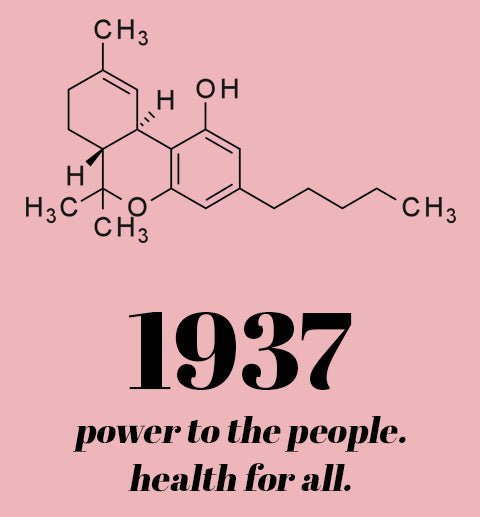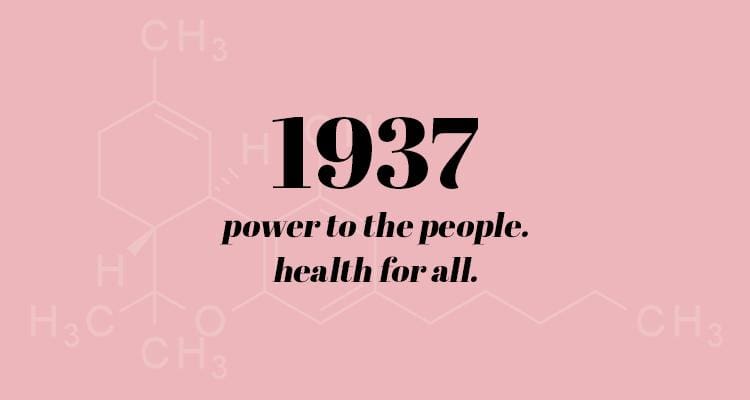Calculating Your CBD Oil Dosage: The Ultimate How-To

With the explosive growth and continued traction in the CBD industry, more and more individuals are turning to CBD products as a way to treat and improve certain health issues.
While the market is brimming with these offers, the one thing that many CBD users may be lacking is information. Products don’t often come with detailed directions on how to use them properly.
One of the biggest issues that affect CBD users is the lack of information regarding how to measure out doses. This can make the process of taking your CBD difficult, especially if you’re using liquid CBD products.

Dosing CBD Oil
Whether you have a tincture oil, a topical oil, or a vape pen, you’d be hard-pressed to find great products that explain how much CBD would help your specific needs.
Fortunately, we have come up with a comprehensive guide, based on research and customer feedback, to finding the right CBD dosage.
If you’re looking to get the most out of your CBD oil, let’s take a look at some helpful tips to kickstart your CBD usage the right way!
How to Properly Measure Out Your CBD Oil
CBD oil is arguably one of the more complicated products to dose as it is not easily measured out like edibles or other products that come in pre-determined portion.
That being said, it isn’t too hard to figure out how much CBD you’re getting. You’ll just have to do a little math! But don’t worry, we’ll do it for you.
Regardless of what kind of oil you’re using, the packaging will tell you exactly how much CBD is in your solution.
Let’s say, for example, that you have a CBD tincture oil with a grand total of 200 milligrams of CBD. And let’s suppose your bottle contains 20 milliliters of liquid.
By dividing these two numbers, you’ll discover that you have exactly 10 milligrams of CBD per each milliliter of liquid. From there, you can then break down each milliliter further to take a smaller dose if 10 milligrams is too much for you. (More on that later…)
However, we have now run into another problem… How are you supposed to get an exact dosage with the dropper that is contained in your bottle?
The truth is, it depends entirely on what type of dropper you received with your product. Some droppers will give you exact measurements so that you can see how much you are taking in but the majority of them will hold up to approximately one milliliter of liquid.
But once you figure out how much CBD is in any given amount of CBD oil, it is entirely up to you how you measure and take your oil. The worst-case scenario is that you accidentally take too much, and in the case of CBD, there’s no possibility of overdosing.
Taking too little, however, means you aren’t treating your symptoms, which brings us to our next point.

How Much Should I Be Taking Throughout the Day?
When you’ve eliminated the question of how much CBD is in your liquid and how you’re supposed to break this down, the new question becomes:
How much am I supposed to be taking?
This section is a bit more complicated because CBD doses will vary widely depending on how your body processes the chemical and your reasons for taking CBD.
Some of the conditions and health problems that CBD can or may help include:
- Pain relief and management
- A decrease in symptoms of mental health disorders like anxiety and depression
- Nausea and vomiting prevention
- A decrease in acne
- Improvement in the heart and circulatory system and prevention of things such as high blood pressure, heart attacks, metabolic syndrome, heart disease, and stroke
- A reduction in symptoms of psychiatric disorders like schizophrenia
- Directly impacting the brain to help certain individuals overcome addiction or drug dependence
- A decrease in diabetes risk
- Improvement and prevention of brain-related health issues such as Parkinson’s disease, Alzheimer’s disease, multiple sclerosis, and epilepsy
As you can see, CBD is said to be able to help improve quite a few different health issues and because of this, doses will vary widely as well. Taking CBD is often an experimental process but there are some starting points that you can use to begin your journey.
The general rule of thumb when trying CBD for pain, for example, is to take approximately one to six milligrams per every 10 pounds of body weight, then increase the dosage as needed.
You will want to make sure you are constantly monitoring the effects of the CBD so that you can determine what the right dose will be each time you are going to take it.
When it comes to dose frequency and timing, it’s up to you to determine how much you take and when. CBD is highly experimental and the guidelines set forth above serve as a placeholder until you figure out what works best for you.
These broad guidelines may also fit the bill for certain disorders but may not be right for every purpose. Fortunately, there are also more specific dose recommendations online for those who are looking to treat one health problem rather than general pain.
Here are some of the specific dosing directions for common issues experienced by CBD users:
For those with Glaucoma: A dose 20 to 40 milligrams daily (no dose over 40 milligrams as this may actually have adverse effects on the eyes)
For those with insomnia or other sleep disorders: A dose of 40 to 160 milligrams is recommended shortly before bedtime
For those with Epilepsy: Approximately 200 to 400 milligrams is recommended daily (If using a medication, follow the directions provided on the packaging)
For those with Schizophrenia: A daily dose may be anywhere from 40 to 1280 milligrams is recommended but will depend on how responsive you are to the product
For those with Huntington’s Disease: 10 milligrams of CBD for approximately every two pounds of body weight may help to reduce difficulty movement
For those with Multiple Sclerosis: Up to 120 milligrams per day of CBD is recommended along with THC products
CBD Oil with THC Included
There are products on the market that combine CBD with THC. These combination products may be beneficial if you are someone who does not respond well to CBD alone or those who still want the effects of THC.
CBD and THC can complement one another: THC provides powerful benefits and CBD builds upon those existing benefits while helping to block some of the strong psychoactive effects of THC.
If you are interested in a CBD and THC mixture, you will have to readjust your dose to account for the THC. These types of products will display ratios such as 3:1, which represents “X amount of CBD” to “X amount of THC”.
If you do not want the psychoactive effects, you will need to go for a higher number on the left side of the ratio. If you want a stronger THC experience, you will have to make sure that the number on the right is the same as or more than the number on the left.
The higher the numbers are on either side of the ratio, the more potent that chemical will be. It is important that you remember this if there is a significant amount of THC in your solution.

Discover What Works for You
Put simply, CBD doesn’t come with a recommended dose. Various factors such your body weight, your tolerance to drugs, and your past experience with other substances will affect how you respond to the chemical. However, you will learn more about what works for you over time and with consistent use.
This guide will hopefully help you get a great start with your CBD oil and serve as a future reference when you need it. This way, you will never again struggle with trying to find your CBD dose.
Are you an avid user of CBD oil? Do you use any specific methods to measure out your CBD dose? If so, let us know more about your experience or how well these tips worked for you!
Dylan Buckley is a freelance writer based in California with four years of experience developing content across all industries and expertise in the self-development and cryptocurrency/blockchain niches. When not writing, Dylan likes dabbling in graphic design, music, and other business ventures

